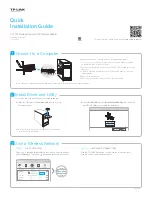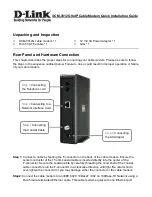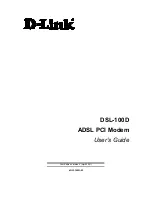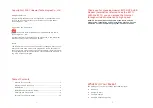
DMD20/20LBST Universal Satellite Modem
Theory of Operation
MN-DMD20-20LBST Revision 14
3–11
3.7
Clocking Options
The modem supports a number of different clocking options that can be recovered from the
satellite or the terrestrial links. The various clocking options allow users to determine which clock
will best fit their applications. Figure 3-7 gives an overview on how the modem processes the
various clocks for the Tx Clock source and the Rx Buffer Clock source. Tx and Rx Clocks may be
independently locked.
SD
TT
Tx CLK
SRC
High Stability
Oscillator
ST
CLOCK &
DATA
EXT REF
EXTERNAL
INTERNAL
SCT CLK
SRC
REF FREQ
SRC
SCT
SCTE
TRANSMIT
RECEIVE
CLOCK & DATA
RECOVERY
EXT CLK
EXT BNC
SCT
SCTE
RX SAT
RT
RD
SCR
BUFFER CLK
SRC
CLOCK
RECOVERY
EXT IDI
IDI
MODULATION
HIGH STABILITY
DEMODULATION
J19
J19
J10
J16
J8
CLK POL
DATA POLARITY
NORMAL
INVERTED
AUTO
INV. TERR&BASE
INVERT NONE
INV. BASEBAND
INV. TERR DATA
DATA POLARITY
BUFFER CLK POL
NORMAL
INVERTED
INV. TERR&BASE
INVERT NONE
INV. BASEBAND
INV. TERR DATA
Figure 3-7 Clocking and Polarity Diagram
3.7.1 TX Clock Options
TX clock options can be recovered from the terrestrial interface, satellite interface or internally
generated. The allows users to select SCTE Clock (Terrestrial) or the SCT internal clock. The
modem also allows user to recover the SCT Clock from the satellite (SCR) or from the modem
internally. The modem allows users to select clock polarity. The Tx clock selections available
are:
















































